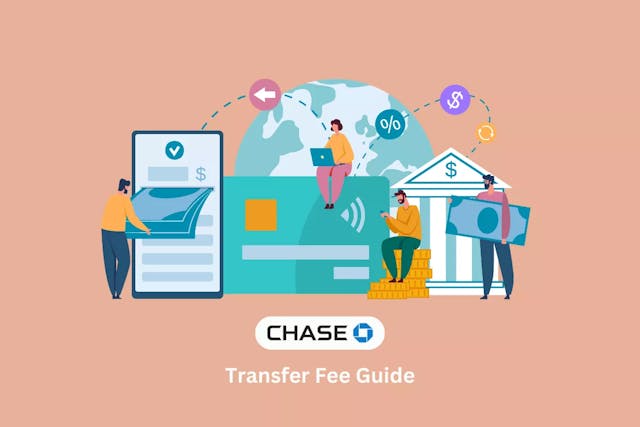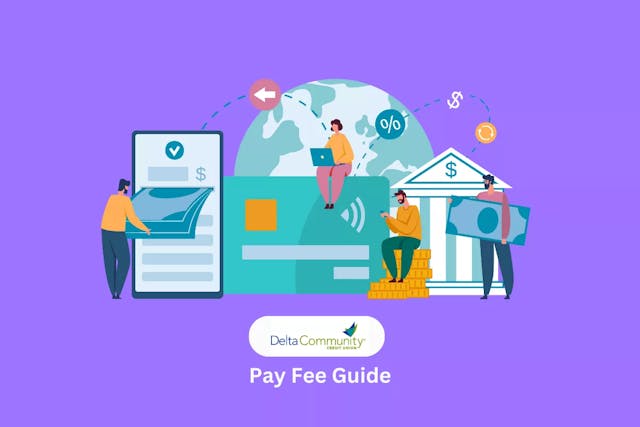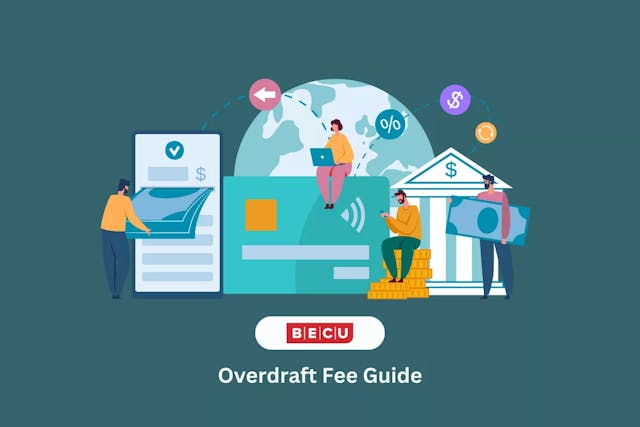What Is a Deposited Item Returned Fee?
If someone writes you a check and you attempt to cash or deposit it at the bank but the check bounces, or is returned unpaid, Chase can issue you a deposited item returned fee. In other words, you (the check depositor) can be on the hook for an oversight by the check writer, or issuer.
Bad checks may be returned by your bank for any number of reasons, including:
- Insufficient funds or unavailable funds
- Closed account
- Stop payment
- Missing signature
How Much Does a Deposited Item Returned Fee Cost at Chase?
Chase customers are charged $12 for returned checks.
If an item is returned unpaid, some banks, including Chase, can subtract the amount of the check from your bank account balance in addition to issuing a deposited item returned fee.
Related Fees
While the check depositor will get stuck with a deposited item returned fee, the check writer’s bank may charge the check writer a penalty of their own. Writing bad checks, like if you don’t have sufficient funds in your account, could lead to one of several bank charges:
- Overdraft fee
- Overdraft protection transfer fee
- NSF/Returned item fee
Overdraft fee
Overdraft fees can be another result of insufficient funds. Most banks charge overdraft fees when you are not opted into overdraft protection and the bank allows you to overdraft your account on bad checks; recurring debit card transactions; ACH transactions; or online or automatic bill payments. These fees tend to hover around $34–$36.
Chase notes in its fee guide that customers will not be charged an overdraft fee on checks, ACH items, debit card transactions, or ATM cash withdrawal requests if you do not have enough money in your account. The guide also states that if you deposit enough money in your account to cover overdrafts by the end of the business day, you can qualify for a fee waiver.
Overdraft protection transfer fee
Overdraft protection transfer fees most often occur when you are opted into overdraft protection and the bank allows you to overdraw your account on checks; recurring debit card transactions; ACH transactions; online or automatic bill payments; everyday, non-recurring debit transactions; or ATM withdrawals. Some banks and credit unions, like Chase, don’t make you pay for this service; others do but the fee is much lower than the standard overdraft charge.
To enable overdraft protection, you must link a qualified account so that the bank can transfer money from one account to another in the event of an overdraft. Qualified accounts typically include:
- Savings or secondary checking account
- Line of credit
- Credit card
NSF fee
A non-sufficient funds fee — sometimes called a returned item fee, returned check fee, or insufficient funds fee — occurs when you make a purchase but there are not enough funds in your account to cover the transaction. Instead of covering for you, the bank will decline the transaction, or return the item unpaid. Similar to overdraft fees, NSF fees often go for $34–$36 per transaction.
Special Considerations
Some Chase account holders are exempt from deposited item returned fees. Eligible accounts include:
- Chase Sapphire Checking
- Chase Private Client Checking
- Chase Private Client Savings
How to Avoid a Deposited Item Returned Fee
Unfortunately, a returned check is most often caused by an oversight or honest mistake on the part of the check issuer. Even so, there are some things that you can do to increase the chance that you won’t receive a bad check.
- Only accept checks from reputable sources or people that you know and trust.
- Confirm that the check issuer has sufficient funds in their account. If they don’t, ask when you could expect them to deposit cash into the account.
- Request that the check issuer give you a cashier’s check rather than a personal check. Cashier’s checks are typically more secure since the money is coming out of the bank’s account and endorsed by the bank itself. Use precaution when requesting cashier’s checks, as scammers can create fraudulent copies.
- Try to cash or deposit the check soon after it is written. If you wait too long after the check has been written, it’s possible that the issuer will have removed funds from their account or closed their account entirely.
How to Get a Deposited Item Returned Fee Refund
If you get stuck with a deposited item returned fee and want to request a refund, there are several things that you can do to increase your chances of success when you call your bank or write them an email.
Prepare properly
When you contact Chase customer service, be ready to provide your name, bank account number, and the fees that you’d like refunded.
You can begin with: “Hi. My name is . I recently received a deposited item returned fee. I’m calling to see if you would be willing to issue me a refund.”
Provide your points of leverage
Kindly provide the customer service representative with the reason for your refund request and one or more points of leverage to back up your argument. Are you experiencing financial hardship as a result of COVID-19? Did you have success depositing the check the second time around, and the first attempt was a fluke? Be upfront with your bank — they might be more willing to work with your situation.
Be patient and persistent
If you hear “no”, it’s okay to press the issue, ask to speak with a manager, or try calling back at a later date to speak with a different person. And remember: Be kind. The representative that you’re speaking with likely didn’t write the rules, so stay polite, remind them of your value as a customer, and know that every negotiation won’t be a success.
Find Chase Bank’s full fee schedule here.



